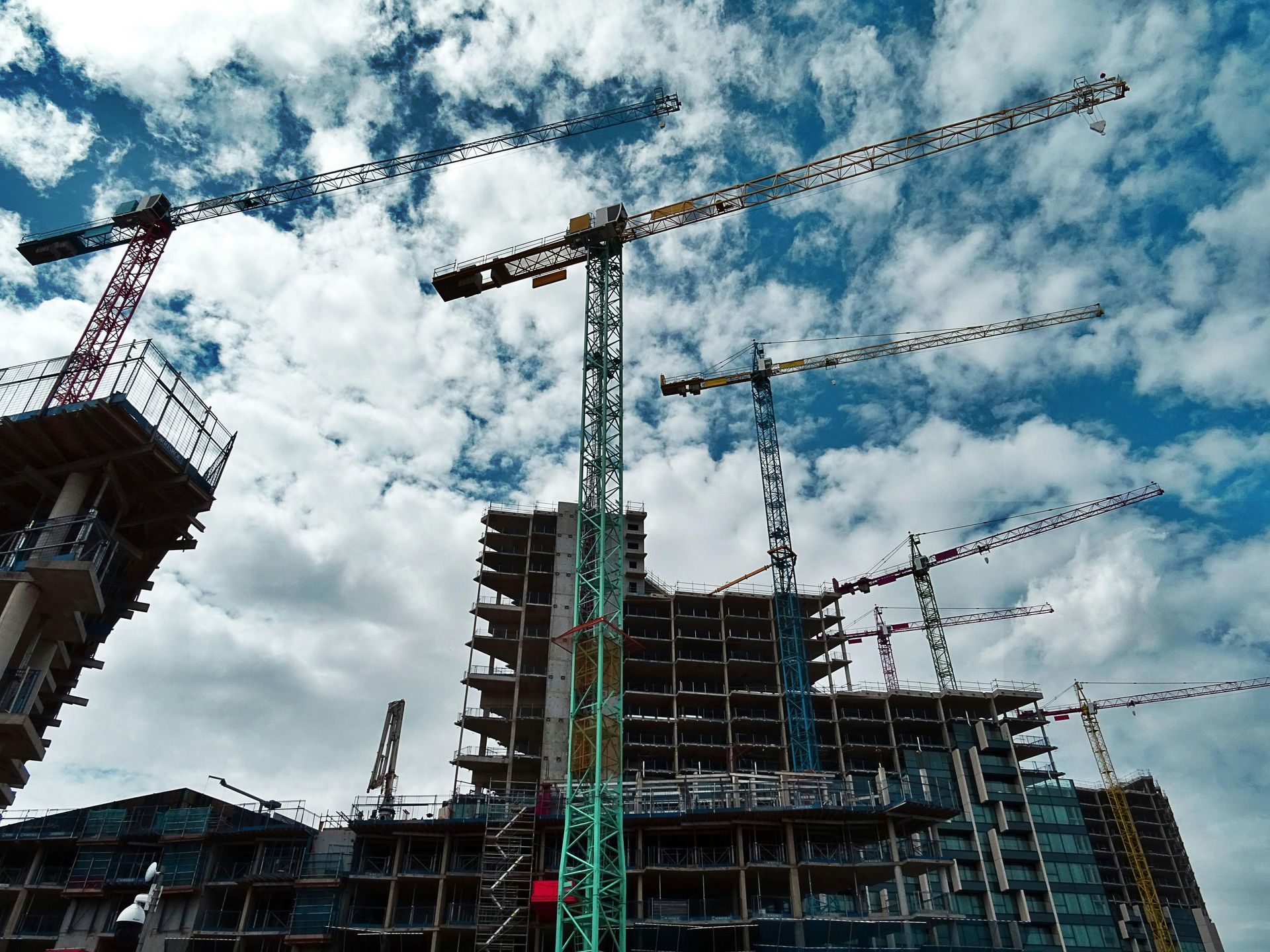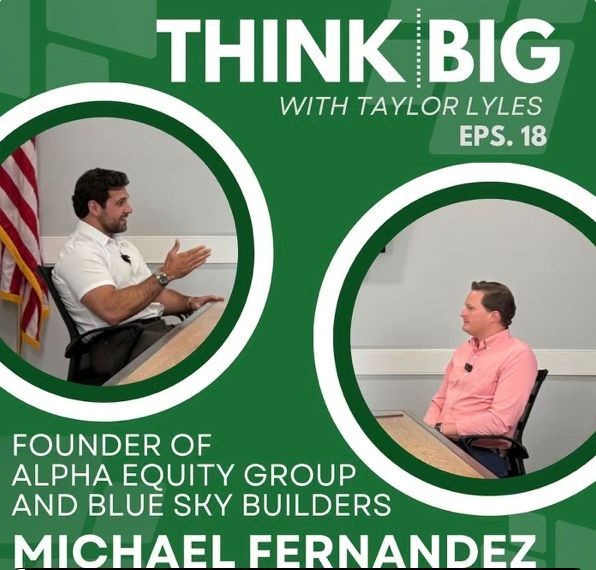How the Catalyst Fund is Positioned for Durability
The Catalyst Strategic Credit Fund

In today’s market, lending to your own projects can understandably raise eyebrows—especially as some managers create debt vehicles to rescue distressed assets they can’t otherwise support. But at Alpha Equity Group, this alignment isn’t a red flag—it’s a feature of our strategy.
The recent rate hike cycle has left many borrowers scrambling to refinance short-term or maturing long-term debt in an elevated higher interest rate environment. In response, some sponsors are turning to investor-backed debt vehicles to bridge or recapitalize their own deals. The problem? In many of these cases, these new vehicles exist because traditional lenders can’t offer loan proceeds high enough to pay off the existing debt, forcing asset sales or large equity infusions. And many of the groups raising these funds have limited operating history or questionable track records.
At AEG, we are operators and risk managers first. We don't find ourselves in forced-sale scenarios because we actively anticipate market shifts and manage our portfolio conservatively. We grow methodically, price risk continuously, and prioritize downside protection above all else.
The Catalyst Strategic Credit Fund was designed to provide investors with strong, yield-focused returns backed by real collateral and conservative underwriting. Simply put: we’d rather pay our investors than a bank. We could be raising a development equity fund right now—but in a volatile market, we’d rather shoulder the development risk ourselves and give our investors safe, predictable positions. That’s true alignment.
Our vertically integrated model ensures end-to-end accountability—we underwrite the loan, but we also design, build, and deliver the asset. That level of control reduces execution risk and keeps our interests fully aligned with our investors.
Unlike traditional debt funds chasing volume to earn fees on capital deployed, our compensation is tied to performance, not scale. We've intentionally built a structure that discourages over-lending. We’re not aiming to place as many loans as possible—we’re focused on making the right ones.
This fund isn’t about chasing growth. It’s about disciplined execution. We’d rather do one great deal with high certainty than ten mediocre ones. That’s how we protect capital, deliver strong risk-adjusted returns, and build lasting trust with our investors.
Because for us, it's not just about being involved—it's about being invested.
1. Alignment of Interests
As Managers and Borrowers of the Fund, we only make money if the projects succeed. Because our Fund charges no fees, our profits are tied to retaining healthy profit margins of our projects. This approach ensures we are extra risk conscious and selective in our pursuits. Taking unnecessary risk is impossible to justify, and we will liquidate or move positions if our margins are threatened. Our investors get paid first, always, before we make a dime.
2. Enhanced Oversight and Control
Managing both the development and financing aspects allows for streamlined decision-making, direct oversight, and efficient problem-solving. This dual role facilitates proactive risk management, construction management, and swift responses to any challenges that may arise during the project lifecycle.
3. Ultra Selective Project Selection
Despite our involvement in the projects, we maintain stringent underwriting criteria equivalent to third-party lending standards. Each project undergoes thorough due diligence, including independent appraisals and feasibility studies, to ensure its viability and profitability.
4. Transparent Disclosure Practices
We are committed to full transparency with our investors. All related-party transactions are clearly disclosed, and detailed information about each loan position is readily available. We provide monthly distribution statements, quarterly updates and financials, and annual audited financials. As Managers, we make ourselves readily available to speak to investors outside of our reporting.
5. Proven Track Record
Our integrated construction model has consistently delivered strong returns for our investors. By controlling development, financing, and construction, we have successfully completed numerous projects on time and within budget, demonstrating the efficacy of our approach.
INSERT – tiny graphic or illustration / design highlighting $32M in capital raised and 40% median gross unlevered IRR.



